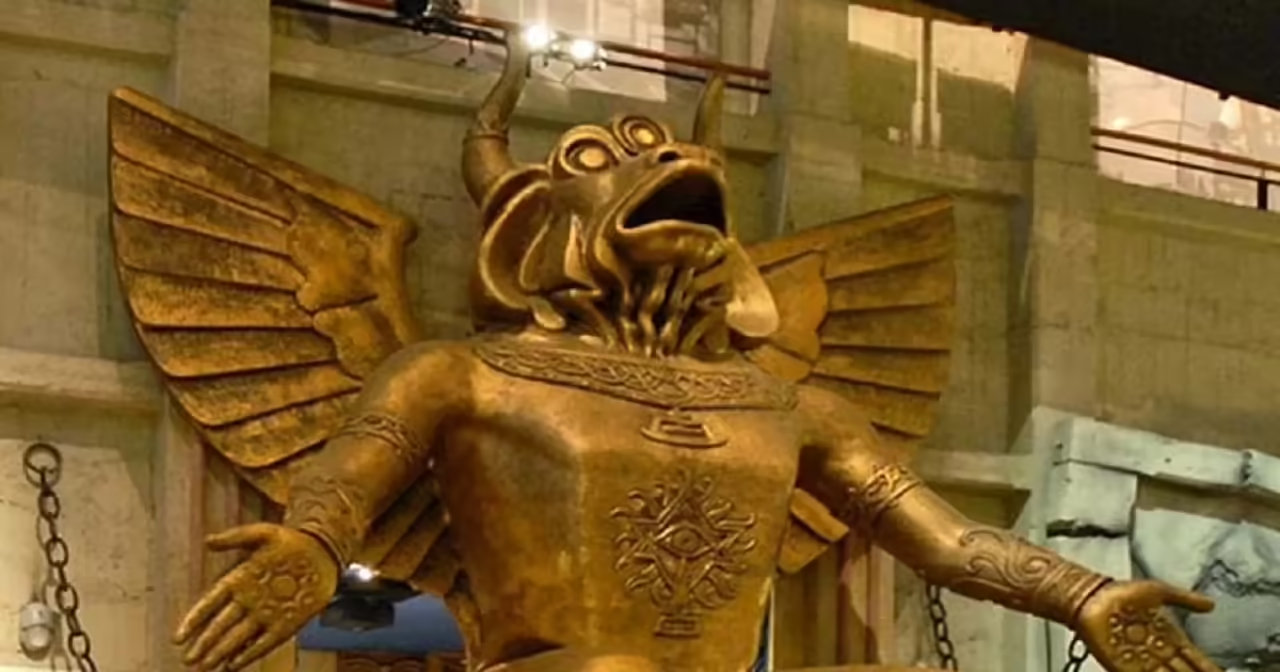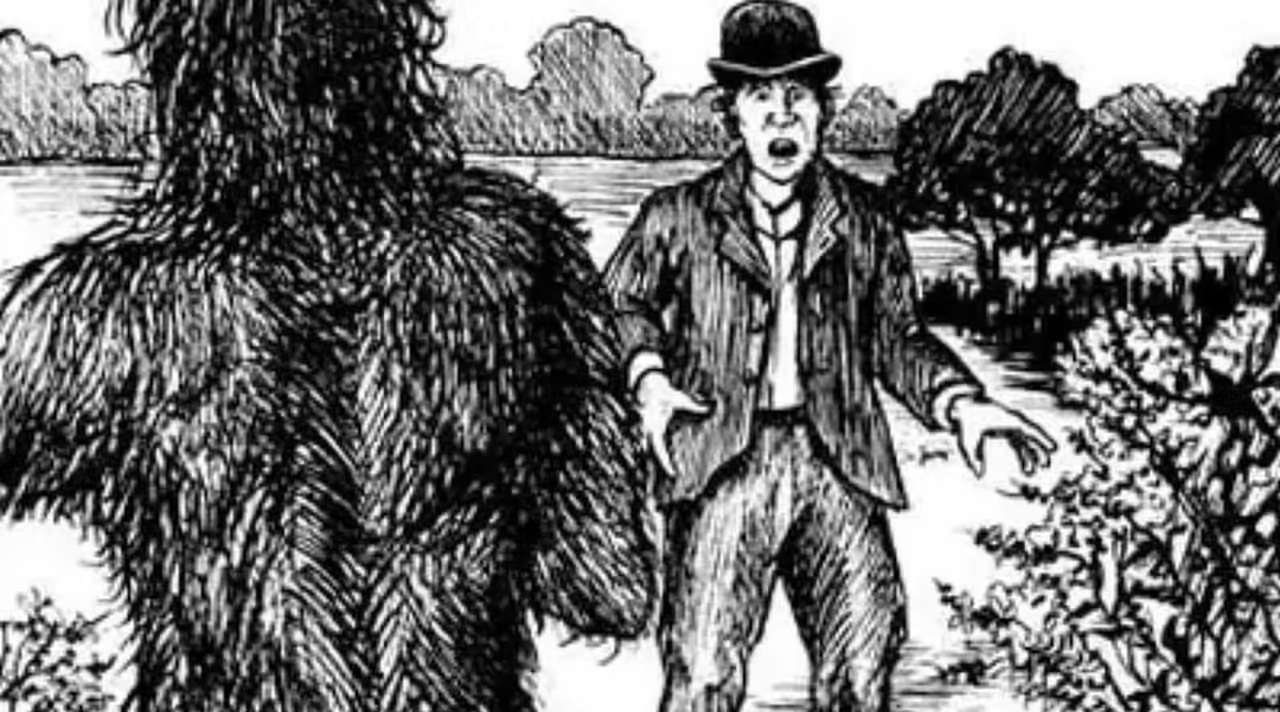
One of the most powerful demons in hell, according to various cultures, especially Hebrew wisdom, is Moloch, a sinister being spoken of by the Phoenicians, the Canaanists, the Chaldeans, the Syrians, the Carthaginians, the Greeks, the Romans and other peoples. of yore. He was considered the god Saturn in the vicinity of the Mediterranean.
Now, it has surprised the world again, since nothing more and nothing less than Pope Francis himself, has authorized that the statue of him that his own church proclaims as a demon, is now exposed in various relevant points in Rome. Let’s see next, all the details Moloch and his relationship with the church of Peter.
Origins and sacrifices
Usually, Moloch has been symbolized with a body similar to that of humans, but with the head of a ram, wearing a crown and a staff, ruling from a throne. This ancient deity required his devotees to sacrifice newborns to him, because according to these peoples, these innocent beings were more impregnated with a special energy.
In the places of worship to Moloch, it was normal to see a gigantic bronze statue, in honor of the demon. But this sculpture had to have certain peculiarities, such as that it had to be hollow and with its mouth open, as well as its arms extended upwards, with its hands together, as if ready to receive its payments as a sacrifice, that it was a baby that went down to a fiery oven that is inside the statue.
Various philosophers referred to the demon Moloch in their different books and writings. Let’s see:
Plutarch recounts in his writings entitled “Of Superstitions”:
“Before the statue was filled, the area was flooded with a loud noise of flutes and drums, so that the cries and laments did not reach the ears of the crowd.”
Diodorus Siculus pointedly asserted:
“There was in the city a bronze image of Cronos with outstretched hands, palms up, and each child that was placed in them was lifted up and fell through its open mouth into the fire.”
On his part, the great philosopher Teodoro, tells in his stories that the relatives of the immolated victims could not cry because it was strictly prohibited due to the effects of the evil ritual. The same people gave up their newborn children to satisfy Moloch’s devouring thirst.
There are numerous ancient sources that can be cited. For example, we could not leave out Clitarco, who, in an outstanding commentary on the work of the Republic of the great Plato, punctually pointed out:
“Seeing the High Priest of Moloch come dressed in a purple robe, the color of purity, I asked him what is the origin of the cult. He replied that in primordial times there was a great catastrophe and today, if it were not for the sacrifices to fertilize the earth, what would be found in it would be stones.
Then, in the middle of a platform was a statue of Cronos, with his hands outstretched over a brazier of bronze, the flames that engulf children. When the flames reach the body, its limbs contract and the open mouth almost seems to laugh, until the contracted body slides to the bottom of the brazier. So this grimace is known as a sardonic laugh, since they laugh when they die.”
And if we take a look at the Bible, we can notice that Moloch appears in the First Book of Kings, Chapter 11.7:
“Then Solomon had a great building built for Chemosh, the abomination of Moab, on the mountain opposite Jerusalem, and Milkom, the abomination of the sons of Ammon.”
In the book of Leviticus, he is also mentioned several times. Such is the case of chapter 18.21, which literally says:
“And you shall not deliver any of your descendants to Moloch, nor shall you profane the name of your God: I am the LORD.”
The statue has now been exposed by authorization of Pope Francis
The world was surprised in 2019, when the Supreme Pontiff himself gave his endorsement for the statue of Moloch Baal to be exhibited in the middle of the Roman Coliseum, on the occasion of the event called the Amazon Synod, dedicating a special exhibition that was entitled: “ Carthago: the immortal myth”.
This caused great disturbance within the Catholic and Christian community, since the Colosseum is one of the many amphitheaters where thousands of Christians lost their lives at the brutal hand of the Roman emperors to entertain the crowds. A good part of the faithful who know about the existence of Moloch, see said statue located in that important point in Christian culture, as if it were a mockery.
In the Old Testament, Moloch is mentioned as a deity idolized by the Israelites who practiced human sacrifice. In some later texts, Moloch is related to the devil and evil characteristics are attributed to him. In contemporary culture, Moloch has been mentioned in various contexts, including literature, art and film, and in some cases has been used as a symbol or metaphor to describe a system or society that demands human sacrifice for its benefit.







